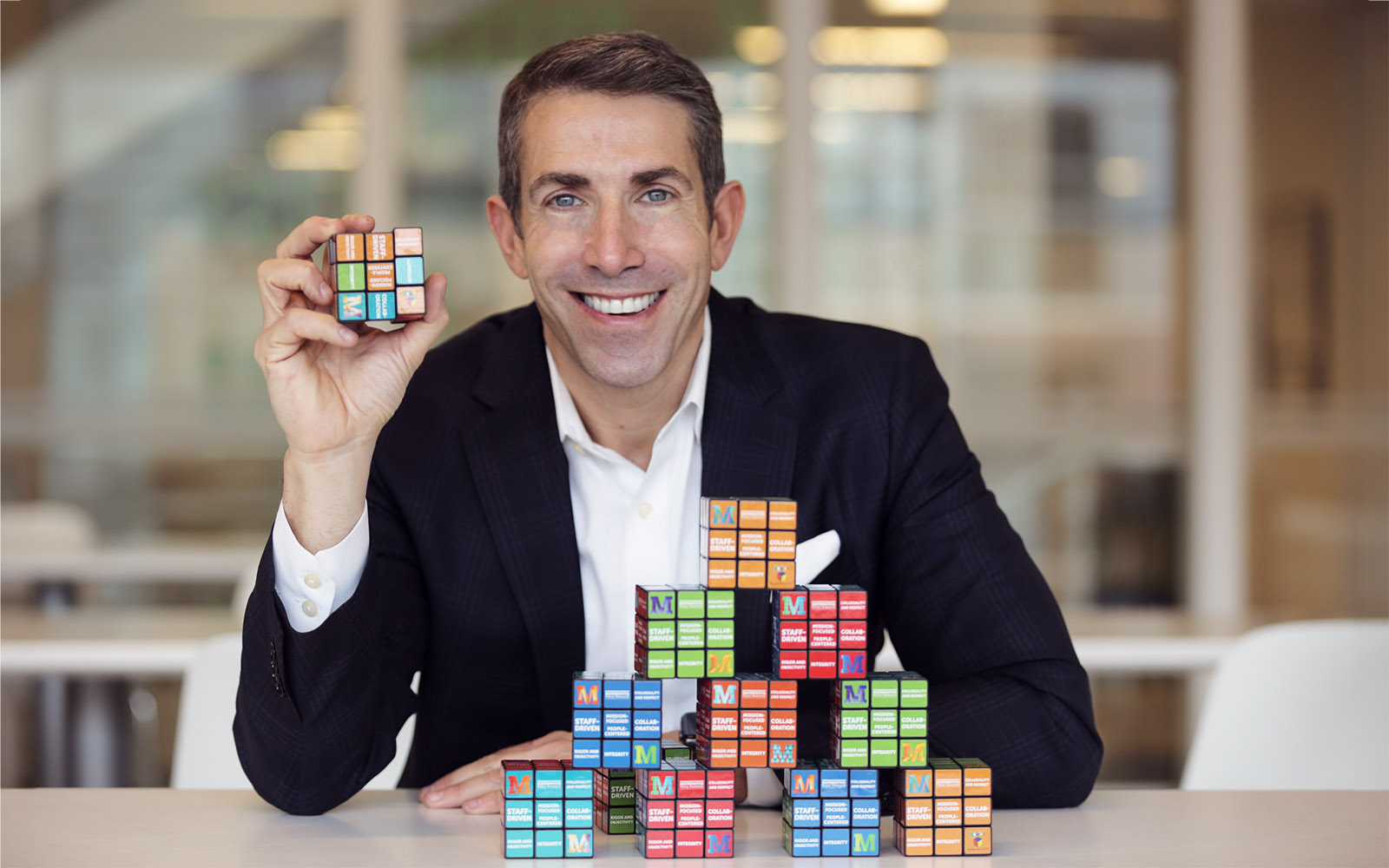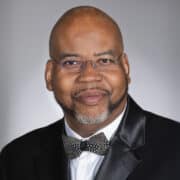|
|
Since we last spoke with Adam Coyne and his focus on the “3 Hs” of his leadership philosophy, both his title and letter of choice have evolved. The executive previously built his chief administrative officer role from scratch, and he now has the opportunity to do so again as the chief growth officer at Mathematica Policy Research.
Taking on the new role in a post-COVID emergency environment has pushed Coyne to think deeply about attraction, retention, and what truly can make a mission-based organization like Mathematica compete with the likes of tech companies snapping up the best and brightest in their field.
“I call it ‘the shining,’” Coyne explains, referring to an attractive opportunity rather than the Stephen King novel. “It’s that salary bump that might attract you somewhere else. But what I’ve found that amazes me is that for so many people, sure a 25 percent salary bump can be a huge deal, but after a few months, it’s just your salary. If you’re miserable at a place that doesn’t work for you, money isn’t going to be the difference.
“After a lot of time reflecting on coming to Mathematica and my own experience,” he continues, “I’m leading with what I consider the ‘3 Ws of attraction and retention.’”
“As technology continues to influence the way we work, we need to also be working on ourselves.”
Adam Coyne
1. WHAT You’re Working On
At Mathematica, it starts with the company’s mission. This is the first W: the WHAT. The organization is an employee stock ownership program (ESOP) that is driven by two questions: does the work support the organization’s mission, and does the organization have employees that want to pursue it?
“If we can’t check both those boxes, we don’t go after the work,” Coyne explains. “I think that helps us align with our staff interest and capabilities, and I think that’s incredibly important.”
The other critical portion of WHAT lies in creating paths for people to succeed in gaining more experience. That may be in a new role, continuing education, or simply taking on a new project or goal. Coyne once told the participants of a meeting that in five years, none of them would have the same job—perhaps a frightening revelation initially, but it simply means that growth is in store.
“That doesn’t mean anyone is out of a job,” Coyne says, laughing. “If you look back five years, think about how much your own job has changed in that time. I was trying to encourage them to keep doing that high-level work where you can connect into things that will make you more adaptable and capable. As technology continues to influence the way we work, we need to also be working on ourselves.”
“Adam understands the importance of a healthy corporate culture,” says Tracy Banfield, senior client manager of the mid-Atlantic region at Gallagher. “He creates a vibrant atmosphere for employees’ success at Mathematica through his ability to implement meaningful change.”
2. WHO You’re Working With
This W isn’t as easy as it sounds. “You should like who you work with” is an easy axiom, but there’s something much more profound buried in the common phrase.
Coyne says that when interviewing, considerations about whether you might like your boss or coworkers too often get overlooked, but they’re ultimately what will decide how long your tenure lasts.
One of Mathematica’s main values is collegiately, and Coyne interprets it as showing up for a job to do your best because you want to support a team that is doing the same.
“None of us want to let our team down,” Coyne explains. “When you are somewhere where there is mutual respect and accountability, you all work on behalf of each other to attain a goal. Some places operate that way and others do not.”
The WHO also greatly influences how much mentoring and cross collaboration is occurring. It can be nurtured by a program Mathematica’s HR department introduced called “Coffee with Colleagues,” where every month, two people within Mathematica are randomly assigned to meet and get to know each other for a half hour.
“The whole point is to expand that aperture and build that peripheral vision so you’re not just working with your team and your team alone,” Coyne explains.

3. WHERE You’re Working
Coyne says that while Mathematica’s pay and benefits are competitive, someone will always be able to pay more, so the WHERE comes down to something far more holistic. Mathematica has responded by pursuing goals in line with the values of the people who make up its organization.
Mathematica is currently marching down its ESG path toward sustainability and working toward its B-Corp certification.
“We want our workplace to align with our employees’ values in a measurable, trackable, and accountable way,” Coyne explains. “We’re a research and analytics firm. We talk about measurement and accountability. I think it’s important to do what you say and practice what you preach.”
Coyne says that while every consideration for every employee’s life experience can’t necessarily all be baked into benefits, it’s clear he believes that understanding what is important to his people is a fundamental part of his approach to his role. And that approach might be reflective of Mathematica’s low attrition rate.
In fact, at the height of people leaving their employers, Coyne says Mathematica’s rate never went into the double-digits and only went up a percentage point or two. The continually improving employee satisfaction surveys also bolster the argument.
“When you are somewhere where there is mutual respect and accountability, you all work on behalf of each other to attain a goal. Some places operate that way and others do not.”
Adam Coyne
The 3 Ws and You
Coyne says Mathematica’s approach to the 3 Ws is uniquely its own, but that’s the point.
“I think that if you’re hitting these three, you have helped build an organization that will attract the kind of people you’re looking for: diverse, motivated, and skilled talent,” Coyne says. “Culture matters. Pay and benefits matter. Balancing those in your organization is different for every company, but I feel good about how it’s going here.
“This is the foundation for ensuring that every function in an organization can thrive, whether it’s driving the growth of newer offerings that I’m responsible for—having a strong IT, communications, or finance department, or having a vibrant HR group that’s the backbone for driving these Ws,” he adds.
Gallagher’s Benefits and HR Consulting division delivers a comprehensive approach to benefits, compensation, retirement, employee communication and workplace culture: Gallagher Better WorksSM. It aligns an organization’s people strategy with its overall business goals and empowers employers to face the future with confidence. Gallagher is a global insurance brokerage, risk management and consulting services firm.














